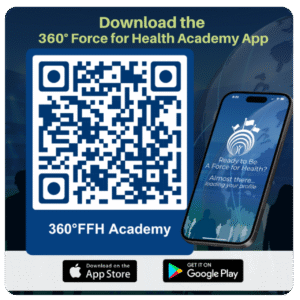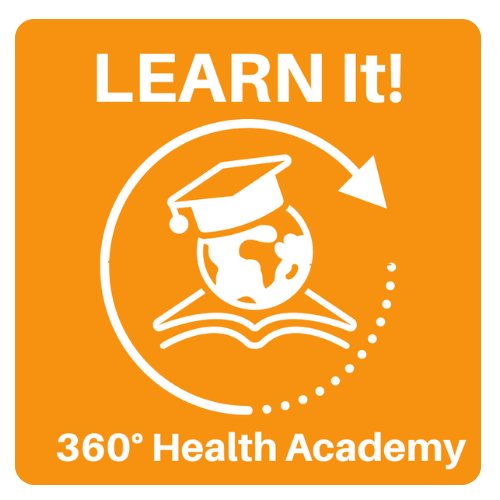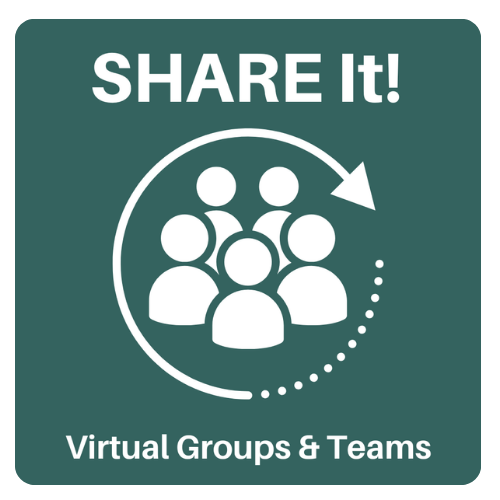
When COVID-19 hit, he joined the ADHS Laboratory to be part of the solution
 When COVID-19 changed all of our lives in so many different ways, Adrian Fichter decided it was important to become part of the solution.
When COVID-19 changed all of our lives in so many different ways, Adrian Fichter decided it was important to become part of the solution.
A scientist with degrees in conservation biology and ecology, he became interested in public health as COVID-19 spread. He joined the Arizona State Public Health Laboratory in early 2021, right in the middle of the COVID-19 response, and in December 2021 was promoted to serve as the lab’s supervisor for the Shipping and Receiving unit in the Office of Support Services and Operations.
Fichter’s team is responsible for making sure clinical samples (e.g. blood, urine, etc.) and other substances (e.g. water, food, etc.) sent to the lab are directed efficiently to the appropriate scientist for testing. It’s a vital role not only for the lab but for anyone in Arizona who has a sample tested.
“Many tests are time sensitive, so it’s important that we process the samples quickly,” Fichter said. “Making this process as streamlined as possible increases the lab’s ability to provide results efficiently. That improves the health outcomes for patients.”
That efficiency also is vital for new parents. The lab processes screening tests for all of the nearly 80,000 babies born in Arizona each year. Those tests need to be moved and tested expeditiously so any needed treatments can begin as soon as possible.
Although the COVID-19 pandemic response has ended, Fichter believes the role of the Shipping and Receiving unit in the lab will remain “incredibly important to the health of Arizonans.” Especially as cases begin to rise again.
“Receiving enables the rest of the lab to succeed by organizing samples and identifying errors before they become major issues,” he said.
September is National Public Health Laboratory appreciation month. The approximately 125 people who work in the lab are dedicated to improving the health of people across Arizona.
“Aside from the knowledge that my actions help people in Arizona, the best thing about this job are the people I work with,” he said. “Everyone in my department, and everyone in the lab as a whole, is motivated to work together to better help the community.”
Recommend0 recommendationsPublished in My Healthy Arizona






